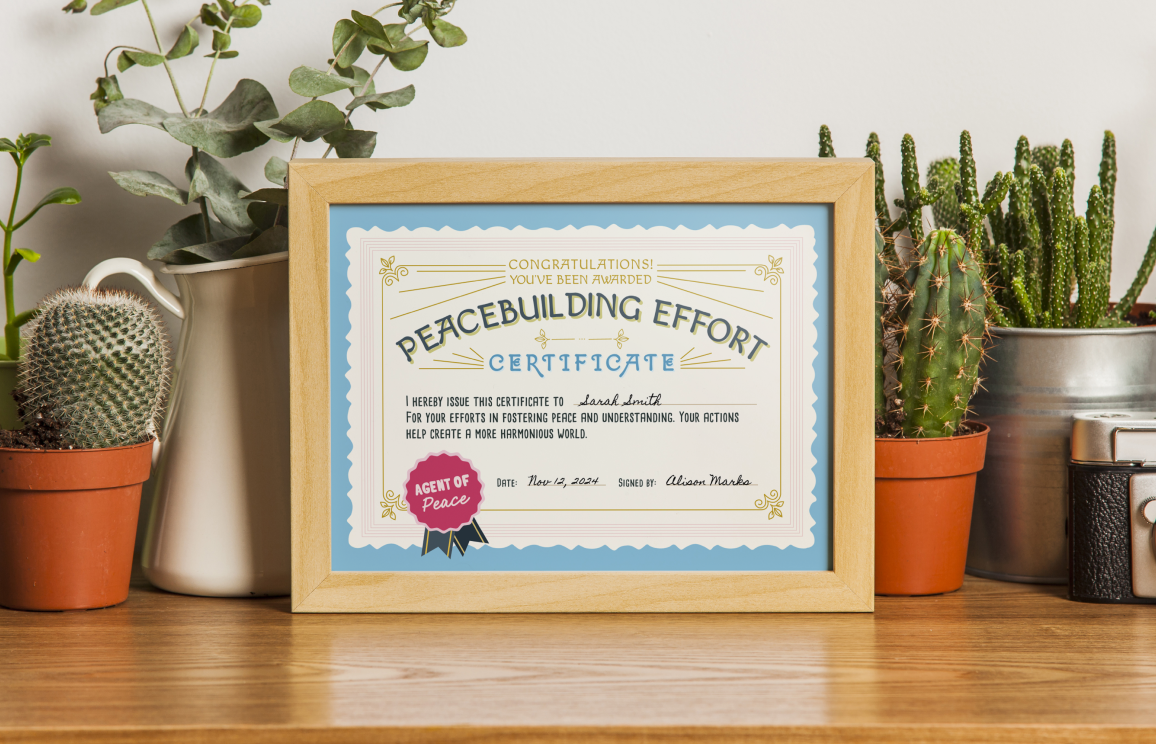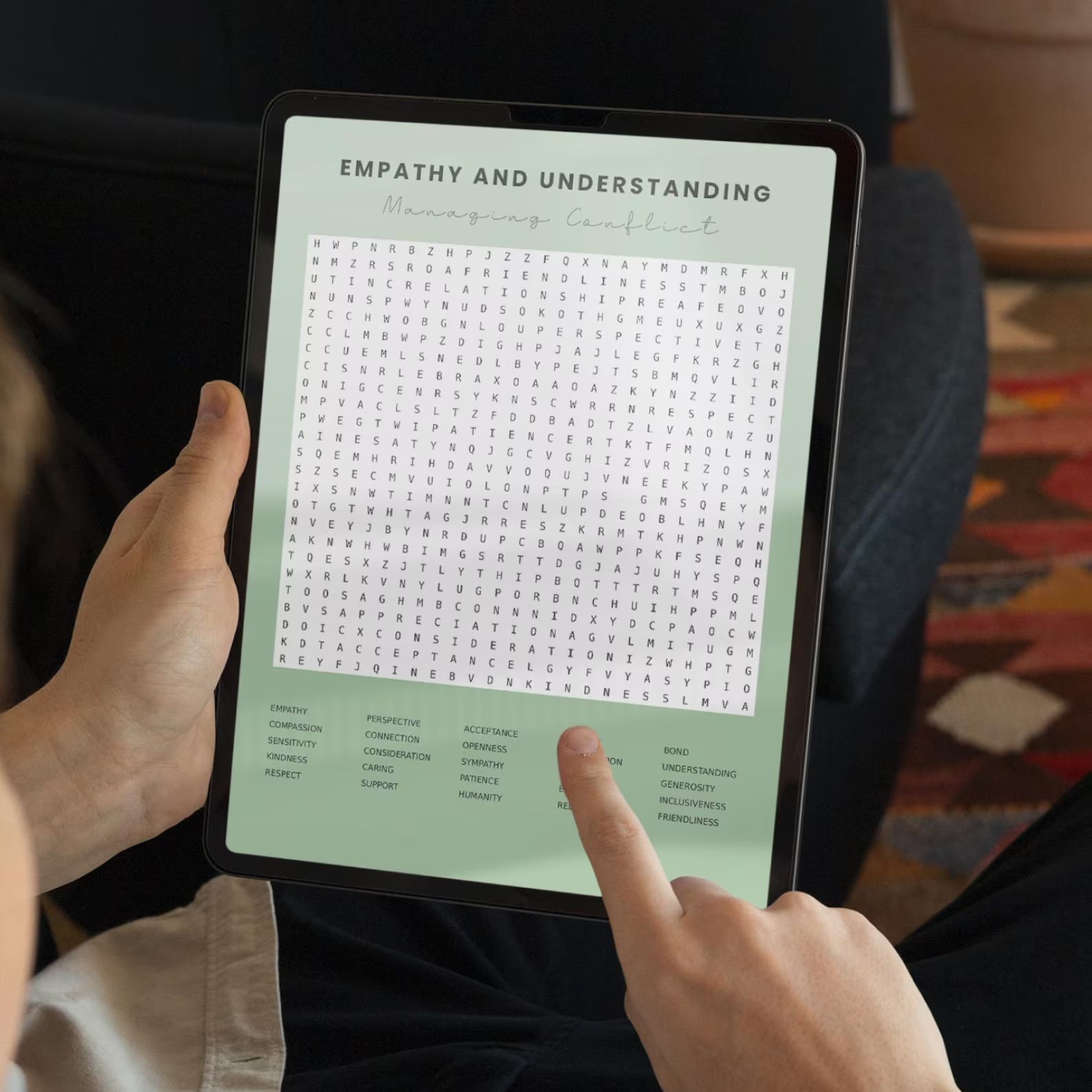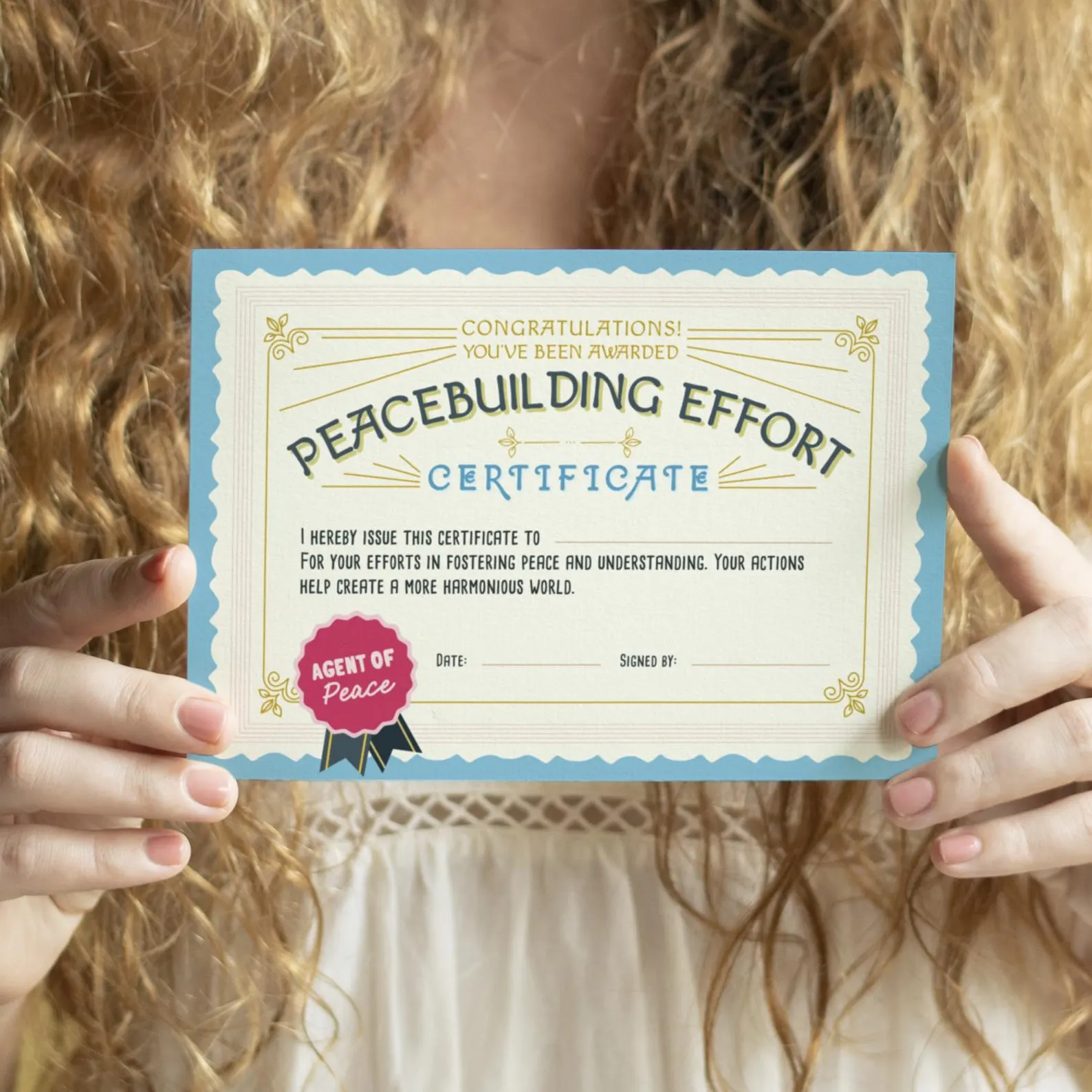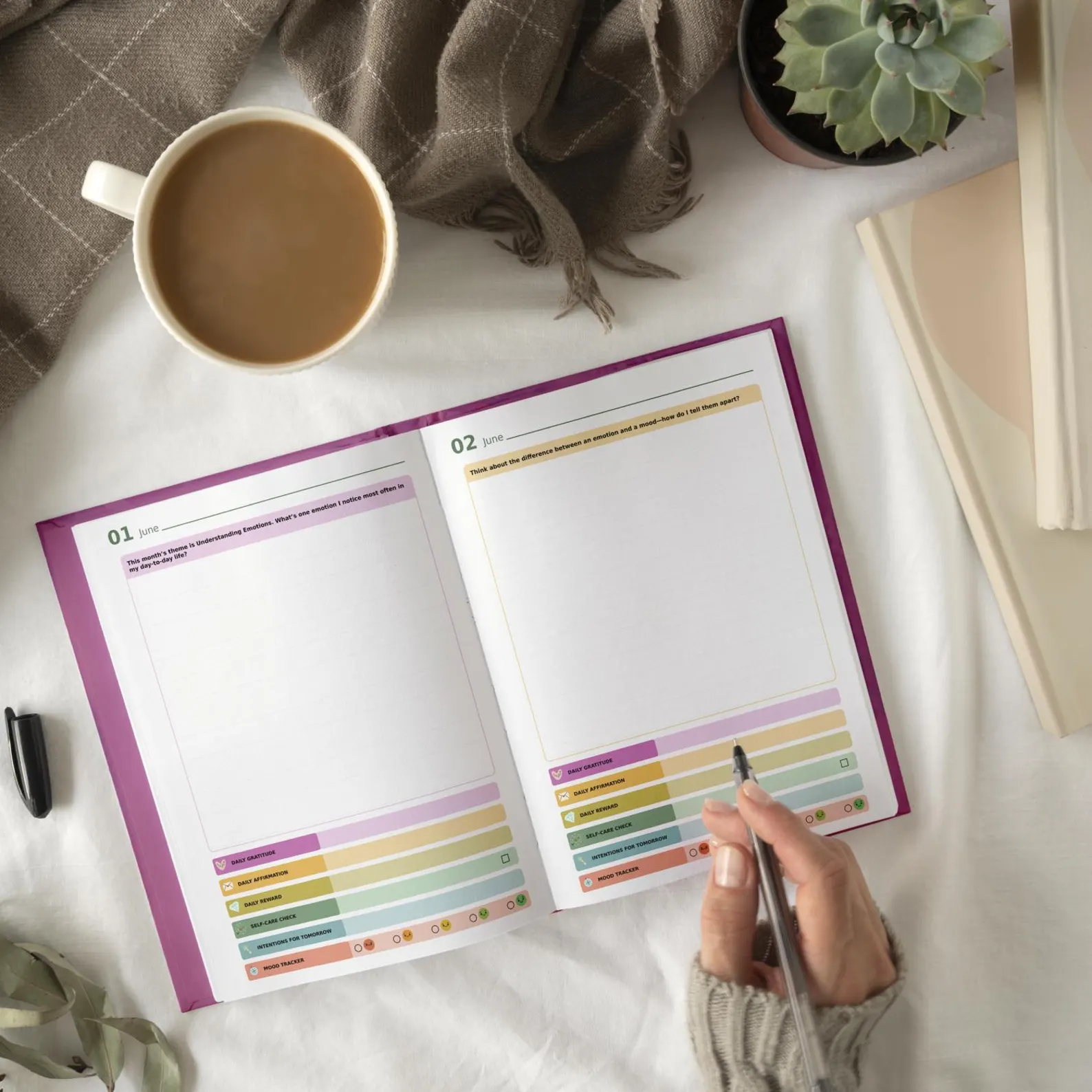Conflict Resolution: Easy Ways to Communicate and Keep Boundaries in Check
Everyone faces conflict, whether it’s a disagreement at work, a misunderstanding with friends, or tension within the family. Luckily, there are plenty of simple ways to address issues before they escalate. In this post, we’ll explore constructive communication, de-escalation strategies, and a few conflict management tips that promote healthy relationship boundaries. Plus, we’ll share some recommended tools to help you brush up on your conflict resolution skills.
Why Conflict Resolution Matters
- Builds Stronger Relationships: Effective conflict management can bring people closer by encouraging open dialogue and mutual respect.
- Reduces Stress: Having a clear plan for de-escalation strategies can prevent small disagreements from ballooning into major stressors.
- Improves Communication: Working through disputes in a calm, respectful way sharpens your ability to connect with others.
Key Elements of Constructive Communication
- Active Listening
- Tip: Focus on what the other person is saying rather than planning your response.
- Benefit: Shows respect and ensures everyone feels heard.
- Calm and Clear Language
- Tip: Use “I” statements (e.g., “I feel…”) instead of “You” statements (e.g., “You always…”).
- Benefit: Reduces defensiveness and keeps the conversation constructive.
- Empathy and Understanding
- Tip: Try to see the situation from the other person’s point of view.
- Benefit: Helps uncover the real roots of the conflict.
De-escalation Strategies to Keep Things Cool
- Take a Pause
- Action: If emotions run high, step away for a few minutes to breathe or clear your head.
- Why It Helps: A short break can lower tension and prevent impulsive comments.
- Speak Softly
- Action: Keep your voice calm and controlled, even if the other person is upset.
- Why It Helps: This tone encourages the other person to mirror your composure.
- Validate Feelings
- Action: Acknowledge the other person’s emotions (“I hear you’re upset.”).
- Why It Helps: Recognizes their perspective, which can defuse tension.
Setting Healthy Relationship Boundaries
- Be Specific: Clearly communicate what’s okay and what isn’t. Vague statements can lead to confusion.
- Stay Firm: Once a boundary is set, stick to it—consistency shows you take your limits seriously.
- Review Regularly: Boundaries can shift over time. Check in with yourself and others to ensure they still make sense.
Conflict Management Tips in Action
Below is a quick, three-step approach you can use right away:
- Identify the Core Issue: Sometimes conflicts start over small things but reflect bigger concerns underneath.
- Brainstorm Solutions: Work together to find ideas that satisfy both sides, even if it means meeting halfway.
- Agree on Next Steps: Once you’ve reached an understanding, clarify any actions and make sure everyone’s on the same page.
5-Day Conflict Resolution Checklist
Ready to put these conflict management tips into practice? Try this mini-challenge:
1: Practice Active Listening
- Action: In your next conversation, focus on truly hearing the other person. Wait until they finish before responding.
2: Use Calm Language
- Action: When a disagreement arises, say “I feel…” or “I notice…” instead of “You always…”
3: Set One Clear Boundary
- Action: Identify an area in your life where you need a boundary—maybe at work or home—and communicate it politely.
4: Validate Someone’s Feelings
- Action: In your next conflict or tense moment, acknowledge the other person’s emotions before sharing your perspective.
5: Reflect and Adjust
- Action: Look back at how your week went. What worked? What can you change going forward?
Tools for Conflict Resolution and Healthy Boundaries
Managing Conflict – 14 Word Search Puzzles
-
- A fun, lighthearted way to learn key conflict resolution terms.
- Great for a quick mental break without losing focus on your goals.
This pack of word search puzzles is available – 28 word search puzzles (Printable & Digital Use)
-
- Clarify personal or professional limits.
- Helps you put healthy relationship boundaries into practice.
This worksheet is available (Printable & Digital Use)
Certificate of Achievement for Peacebuilding Effort
-
- Celebrate your progress in resolving conflicts.
- A fun, motivating keepsake to mark your success.
This certificate is available (Printable & Digital Use)
Emotional Intelligence Prompt Journal
-
- Encourages self-reflection on emotions and triggers.
- Great for building empathy and constructive communication skills.
This prompt journal is available (Printable & Digital Use)
Conflict resolution isn’t about avoiding disagreements altogether—it’s about handling them in a way that fosters growth, respect, and understanding. By focusing on constructive communication, practicing de-escalation strategies, and respecting healthy relationship boundaries, you can tackle conflicts head-on while keeping stress levels low. Give these tips and tools a try, and see how much smoother your conversations become when everyone feels heard and valued.





